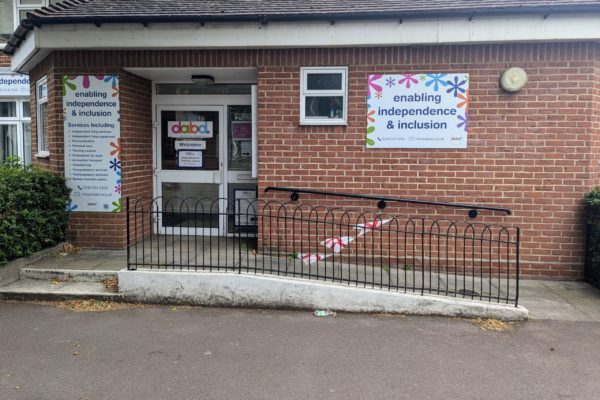Since launching the Resilience and Recovery Loan Fund at the end of April, transparency has been a key aim. In line with this, we are publishing a new online dashboard with real-time data from the Fund. Our Researcher Jenny Smith shares some insights and analysis from this so far.
At SIB, we have a commitment to making better use of data to inform our decision-making. The launch of the Resilience and Recovery Loan Fund (RRLF), alongside our other COVID-19 data collection, provides an important opportunity to further embed this approach.
RRLF was set up to meet the needs of social enterprises and charities across the UK who are experiencing disruption to their normal business model as a result of COVID-19. As we’ve said since launching RRLF, loans won’t suit all, but they do provide an important additional form of finance that will be important for some.
As the Fund continues, we want to be as transparent as we can on its pipeline and demographics of applicants in order to expand the standardised data we have been collecting since lockdown.
Transparency for us means real-time, weekly social investment data: not only sharing which kinds of organisations are applying to RRLF, but also where they are and who leads them to ensure fairer direction of emergency funding.
We are therefore publishing two online RRLF dashboards:
- The RRLF Management Dashboard – this contains the current pipeline of RRLF, outlining the number of organisations at each stage of the process and number of approvals / rejections at investment committee.
- The RRLF Profile Dashboard – this provides a broader look at what type of organisations are applying to the Fund. This covers region, country, legal structure, outcome area, beneficiaries, and the extent to which organisations are BAME or diversity-led. Both of these dashboards are hosted on the Resources section of our website, and links will be updated on a weekly basis.
Below are our top five takeaways so far:
- As of 24 June 2020, 13 organisations have had loans approved by the Investment Committee.
These organisations have secured loans totalling £4.93 million. - The average loan request for organisations currently being assessed or approved is £247,000.
The dashboard breaks this down by social investment partner, demonstrating variation between them. This may depend on whether applicants have pre-existing relationships with social investment partners. - The legal structure of most applicants is ‘Company Limited by Guarantee’.
21 of all 52 applicants (including those that have been rejected) have this legal structure. There is also a diverse range of legal structures between applicants. including ‘Charitable Incorporated Organisation’ and ‘Industrial and Provident Society’. - Applicants have been UK-wide, with 38% of all applicants being based in London.
This is followed by South East (12%) and North West (12%). - ‘Vulnerable Children’ and ‘People living with Poverty and/or financially excluded’ are the most common primary beneficiary group for applicants.
3 of the 13 approved organisations have ‘Vulnerable Children’ as their primary outcome area. However, there are 9 other primary beneficiary groups that applicants have identified.
We will be publishing more online dashboards on the data that we have been collecting over the past few months very soon. This will include a live dashboard reflecting the COVID-19 data we have collected from our loan book, the Power to Change Emergency round, the Youth Endowment Fund and RRLF, as well as further analysis and insights, so stay tuned.
If you’re looking for a breakdown of the latest Government advice for businesses, and current emergency funding opportunities, visit our COVID-19 Resources and Information page. You can find out more about the Resilience and Recovery Loan Fund – and how to apply – here.




